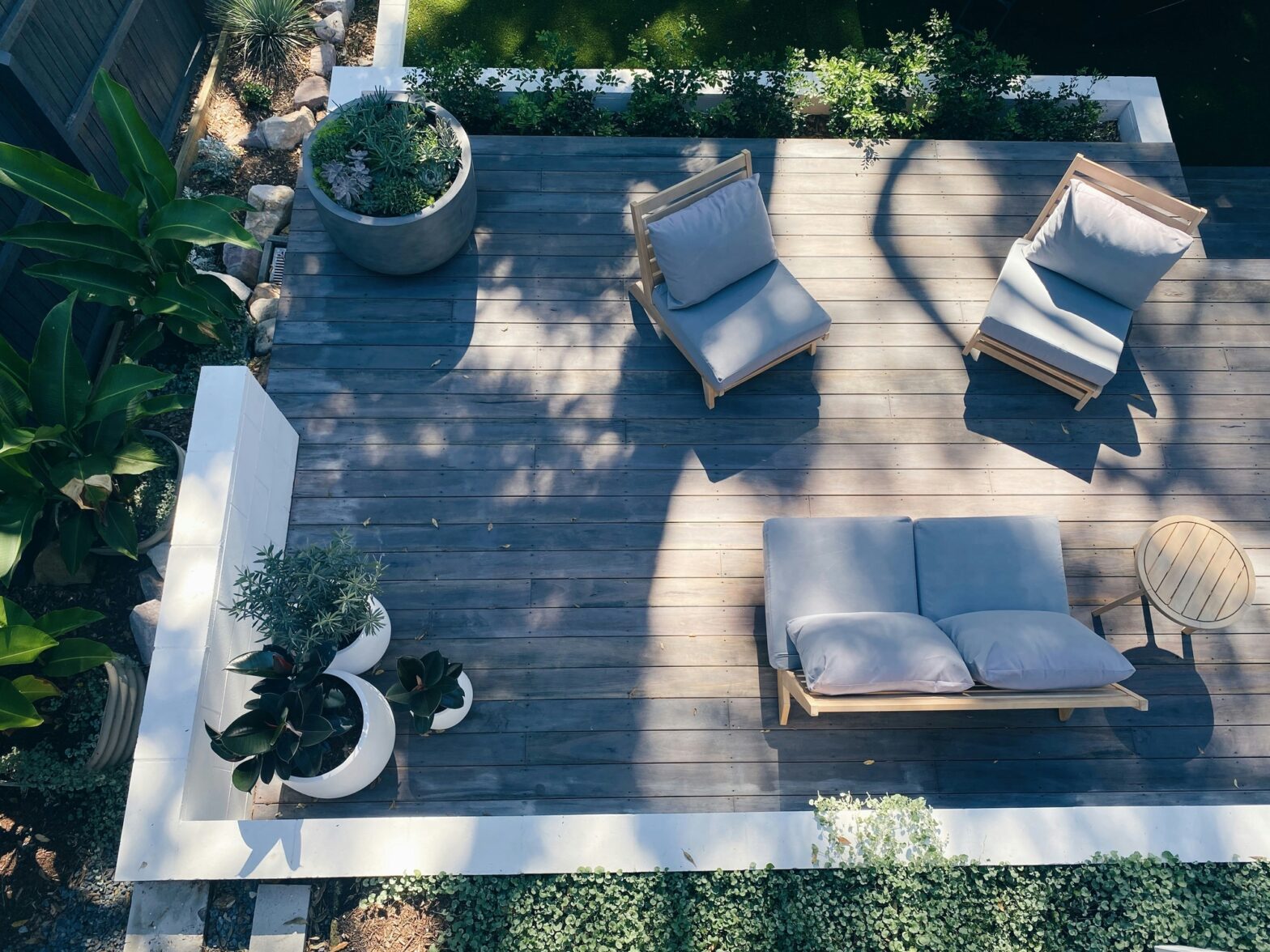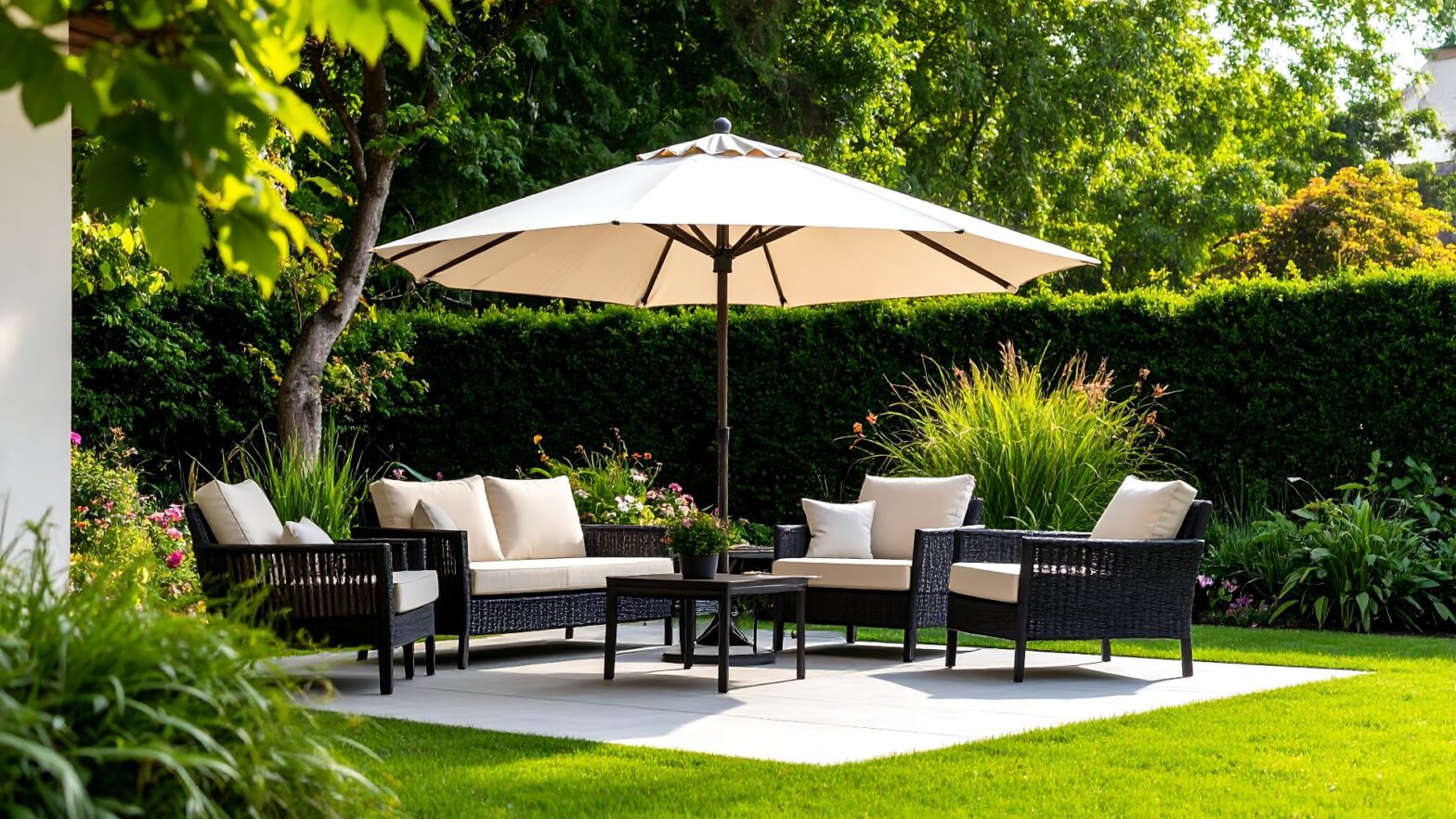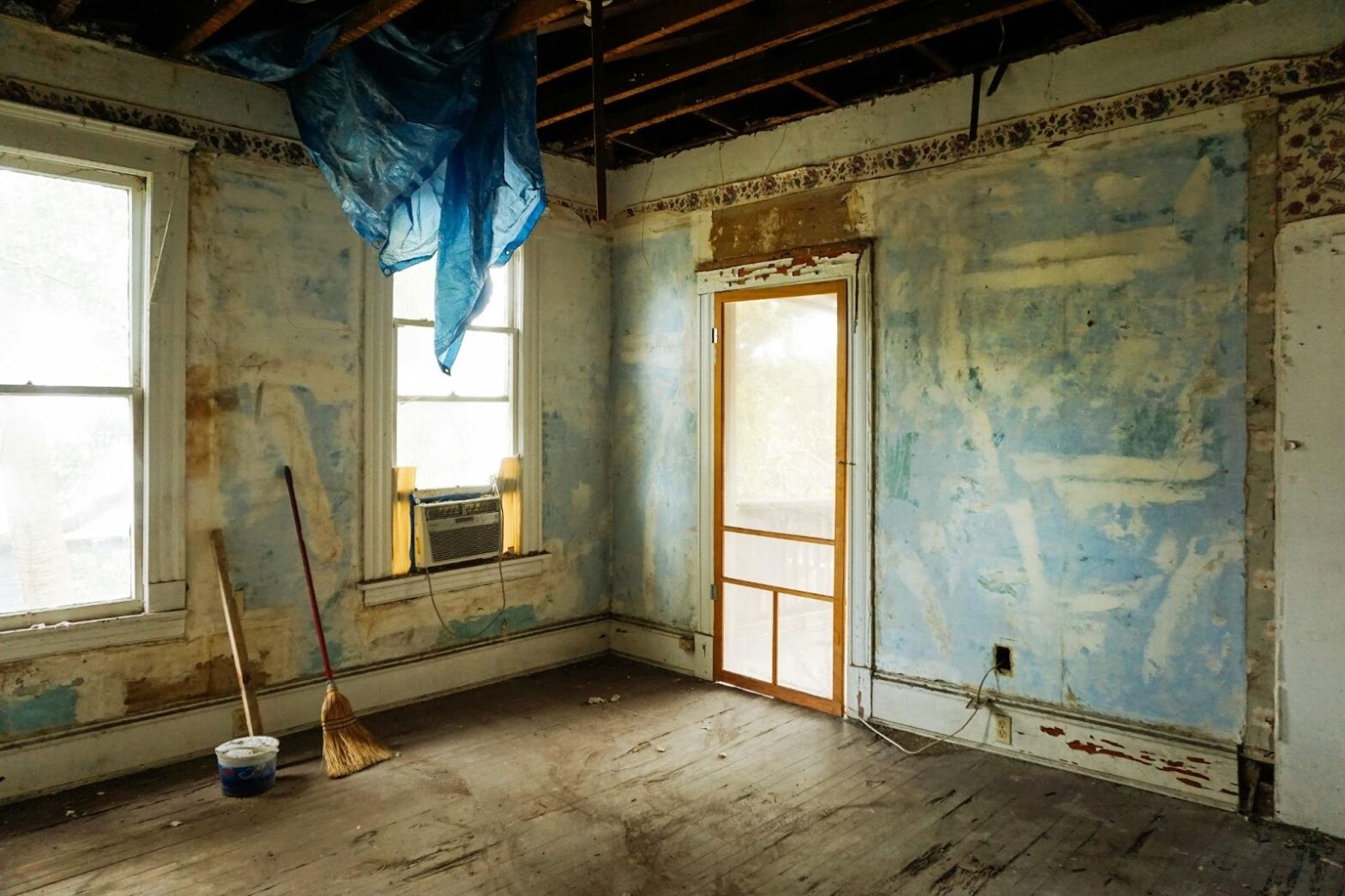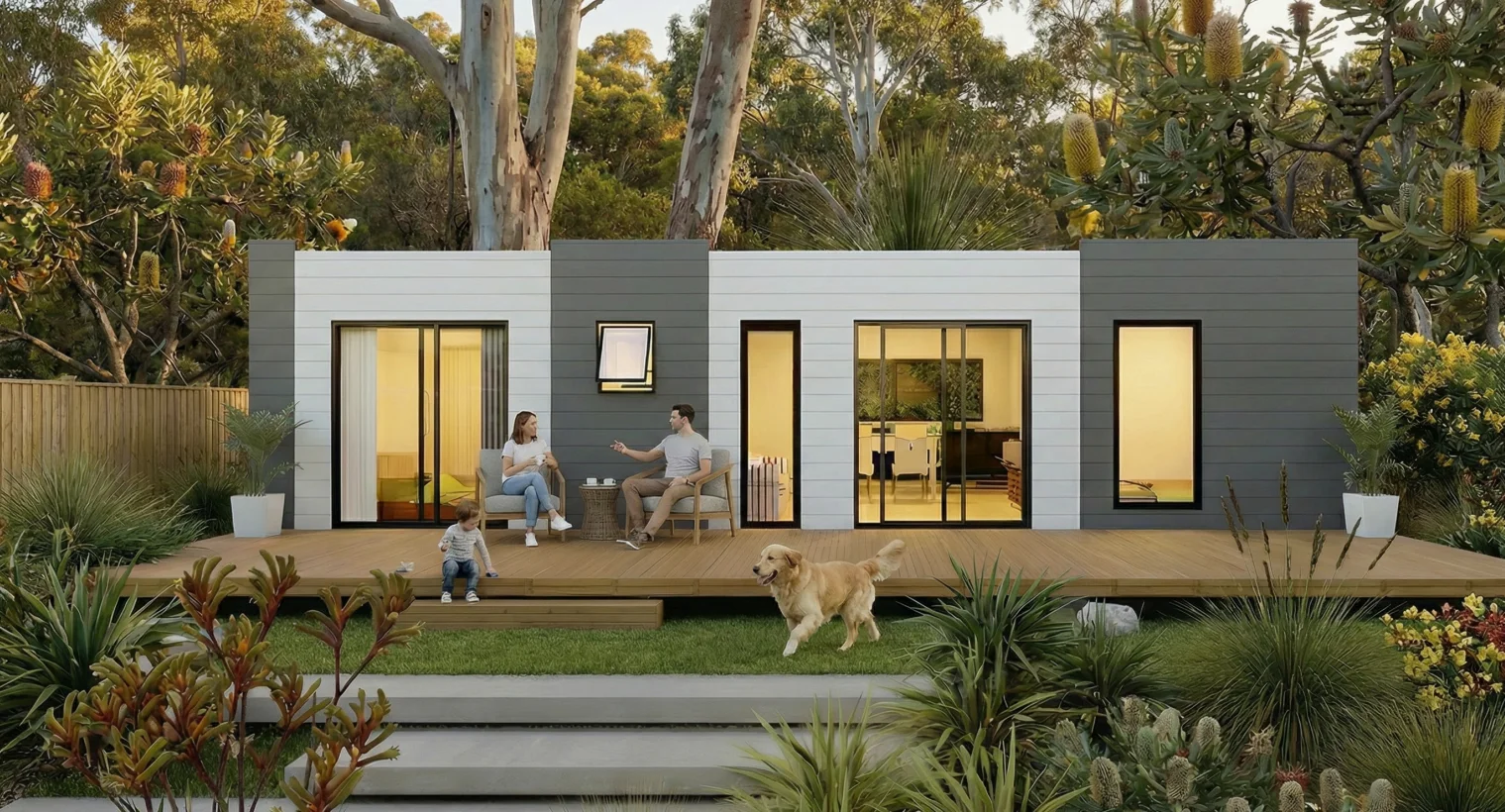With a well-designed landscape, you get an elegant yet functional outdoor living space to enjoy and relax all year round while enhancing your home’s overall visual appeal and value. If this is the route you want to take, check out these essential elements for creating a harmonious and inviting landscape design.
Focal Point
Focal points act as jewels in any garden design, making the entire space sparkle, infusing personality, and drawing the eye into the landscape. Unique features used to create focal points include elegant fountains, interesting plant specimens, like the Washington native plants for landscaping, captivating artwork, and breathtaking views.
Placement is key regardless of the kind of focal point you choose, but it doesn’t necessarily mean you should position your focal point at the center of your yard. You can place it anywhere so long it ignites curiosity and beckons exploration, adding a unique charm to your garden’s overall design. With the vast landscape lighting benefits available, consider using proper lighting to highlight your focal point and make it easy to spot, especially at night.
Balance, Scale, and Proportion
Harmony in landscape design can be achieved by mutually reinforcing and interconnecting the principles of proportion, balance, and scale. By blending asymmetry and symmetry, you can attain balance and proportion to create a sense of calm and order, depending on your personal preference.
It is a perfect way to generate a sense of equilibrium, ensuring your design elements don’t overpower each other but complement one another. One way to create a well-proportioned design is to erect structures or plant taller trees at the back of the garden while positioning smaller plants towards the front.
Color
Color is a robust outdoor space design element that adds depth, vibrancy, and visual intrigue to your yard. It is a crucial component in dictating the mood of the garden, whether it is the color of the hardscaping elements, the lush green color of foliage, or the vibrant hues of flowering plants.
You can create specific emotions by strategically selecting and positioning plants with contrasting or complementary colors. Use cool colors, like purples and blues, to evoke a sense of calm and tranquility, and warm colors, like yellows and reds, to energize and generate a sense of excitement. Color can also help you create visual flow, direct the eye, and boost the overall visual appeal of your landscape.
Line
When designing a landscape, lines provide boundless opportunities to direct movement and shape your garden. They also define spaces, unify themes, establish patterns, and sculpt forms within the garden. You can create lines by outlining object edges against backgrounds and allowing contrasting materials to meet on the ground. You can also do it through deliberate material placement, like fencing.
Consider using directional lines to draw the eye to focal points and evoke formality. Curved lines, on the other hand, can help encourage leisurely exploration of your yard. Vertical lines can come in handy in directing the eye to the sky, while horizontal lines can help make your yard appear larger.
Function
The function element involves ensuring that your garden is practical and elegant at the same time. It involves thinking about how you will use the space to meet everyday activities and needs. Create a comfortable seating area for relaxation, an outdoor kitchen for some barbeque, and a playground area. In addition, be sure to have garbage cans, potting benches, and compost bins.
You need to create harmony and balance between multiple elements to attain a sustainable and functional outdoor space. Let your landscape design reveal your inner creativity and showcase your unique style by paying attention to these essential design elements.





























